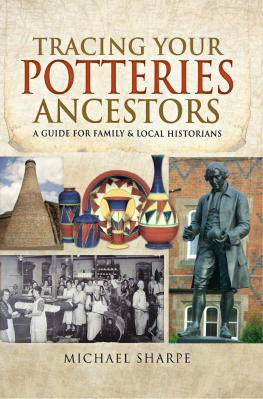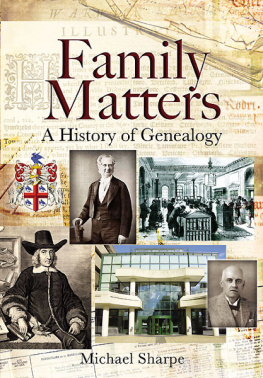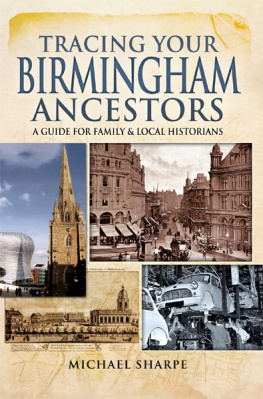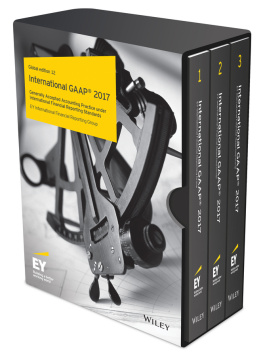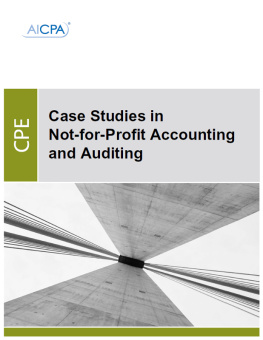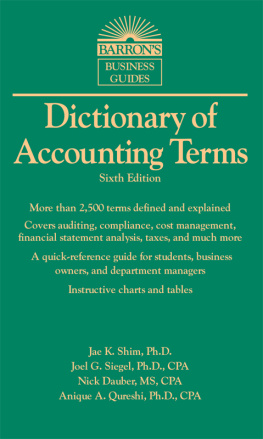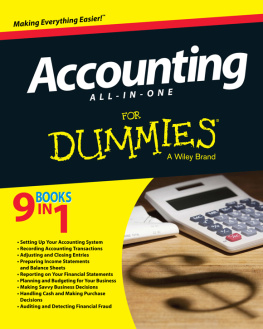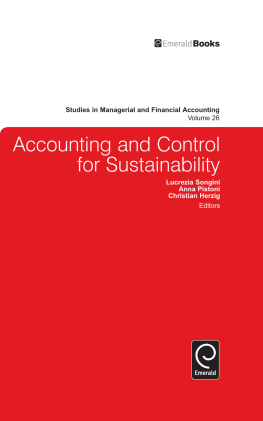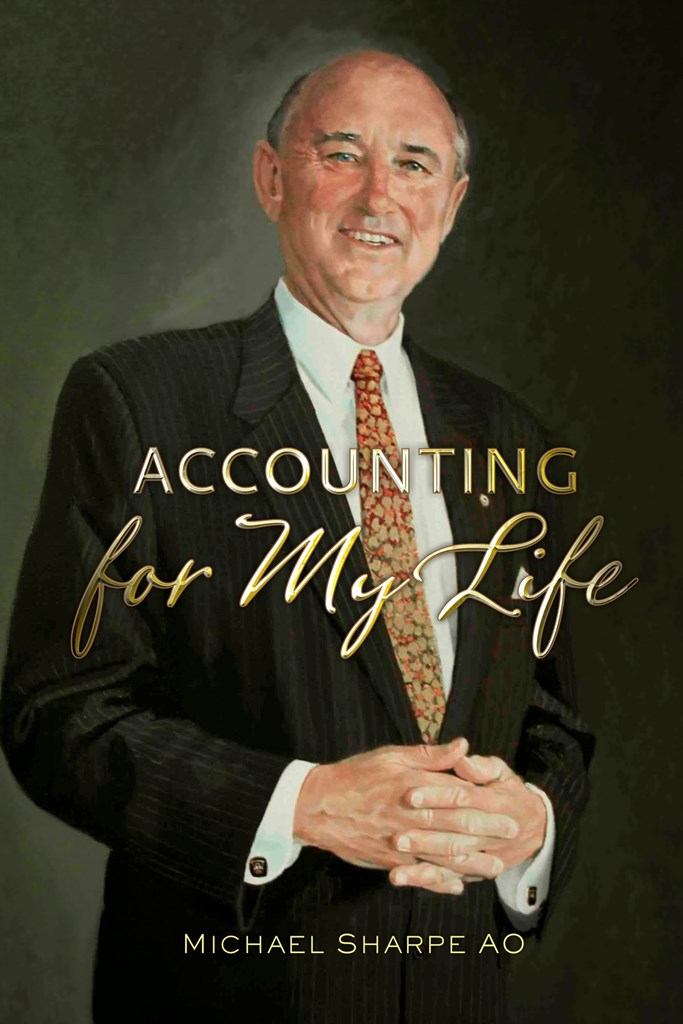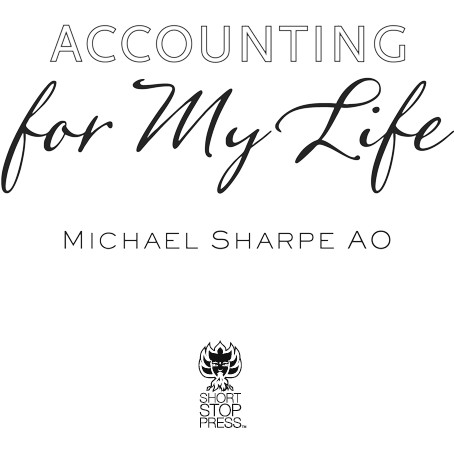Preface
Lord Benson, a Senior Partner of Coopers & Lybrand and the founding Chairman of the International Accounting Standards Committee, wrote an autobiography which he called Accounting for Life. My career was modelled on that of Henry Benson and I assumed some of the same responsibilities which he had. However, the fact that Henry also wrote an autobiography was not the main reason that I decided to undertake this task.
When I finally retired from business in 2010 I found myself with spare time for the first time in my life. I enjoyed this new sensation, especially as it coincided with a move from Sydney to Berrimamy escape to the country. With ample time for reflection, I began to think that I should set out in writing what I stand for and how these beliefs reconcile with my life.
I am particularly glad that retirement from such a demanding career has allowed me to become closer to my children, Louise and Andrew, and to share more of their challenges and successes. I have felt a need to let them and their families know me better as my demanding career had not always afforded me the opportunity to spend substantial amounts of time with them.
There are other reasons I began writing this book. I wanted to research more about my family and understand the forces and people that have helped to shape my life, personality and values. I also wanted to let many of my friends know how much I have appreciated their friendship and help.
All through my life I made formal plans of what I wanted to achieve; some goals were accomplished, others were not. Sometimes, when I was not able to achieve a goal, something better turned up. I constantly prayed for guidance and found astounding opportunities came my way, far greater opportunities that I had ever hoped or planned for.
My greatest responsibilities often came because people sought me. In many cases I initially declined the offers but mentors and friends convinced me to change my mind.
Many people who write autobiographies have diaries and much documentation to support their facts. My autobiography will rely largely on my own recollections and any factual mistakes are as a result of my failing memory. The following pages will not attempt to justify what I have done or failed to do. I suspect I could have done more but I am happy with what I have done. I certainly feel that without God's help I could not have achieved much at all.
I believe my life has been guided by a power greater than myselfGod and the teachings of his son Jesus Christ. I trust that with God's help I honoured my responsibilities to my profession and my community.
The story, "Footprints in the Sand", illustrates my view of God's role in my life.
Footprints in the Sand
One night I dreamed I was walking along the beach with the Lord.
Many scenes from my life flashed across the sky.
In each scene I noticed footprints in the sand.
Sometimes there were two sets of footprints,
other times there were one set of footprints.
This bothered me because I noticed
that during the low periods of my life,
when I was suffering from
anguish, sorrow or defeat,
I could see only one set of footprints.
So I said to the Lord,
"You promised me Lord,
that if I followed you,
you would walk with me always.
But I have noticed that during
the most trying periods of my life
there have only been one
set of footprints in the sand.
Why, when I needed you most,
you have not been there for me?"
The Lord replied,
"The times when you have
seen only one set of footprints,
is when I carried you."
Mary Stevenson
1984 from the original 1936 text.
Retrieved from http://www.footprints-inthe-sand.com
Introduction
This is an account of my life, both personal and professional. It begins at the Royal Women's Hospital in Paddington, an inner suburb of Sydney, and traces my early years within a loving familymy mother and father, my younger brother, Tony, and my doting Nana.
I explain how I ended up studying Economics at Sydney University and then trained as a Chartered Accountant in a firm known at the time as Cooper Brothers Way & Hardie. The firm later became Cooper Brothers & Co., later Coopers & Lybrand and finally PricewaterhouseCoopers (PwC). Coopers&Lybrand was one of the largest accounting firms in the world in the second half of the twentieth century and PwC is one of the largest firms in this century. In 2014, 190,000 people work for PwC worldwide, 5,500 in Australia. This story traces my progress from the day I started, 1st February 1955, to fifty years later when the firm hosted an unforgettable black tie dinner to mark the occasion.
I want to start the story of my life with this fiftieth anniversary dinner. It was not only the culmination of many years of hard work but many of the guests were treasured friends who had become enormously significant in my personal and professional life; they were people to whom I owe a great deal and they have enriched my life immeasurably.
It was kind of the Chief Executive of PwC, Tony Harrington, to host such a dinner. Initially I had drawn up a list that totalled more than two hundred guests which I had to reduce to around one hundred. In this book I want to not only indicate the importance of the hundred guests who did come but also talk about the many others whom I was not able to invite.
At the time of the dinner in 2005, already four of my main mentors had died: Lord(Henry)Benson, Jim Jamison OBE, Sir Hermann Black, and Professor Ray Chambers AO.
Robert Lynn did not attend the dinner. Robert succeeded me as Computer Audit Partner and later as National Audit Partner and we shared Janice Chaplin as our Executive Assistant towards the end of my time as a Partner. Robert's wife Beverly was not well at this time and died in 2011. The son of Salvation Army officers, Robert was loyal and reliable and a very good auditor.


